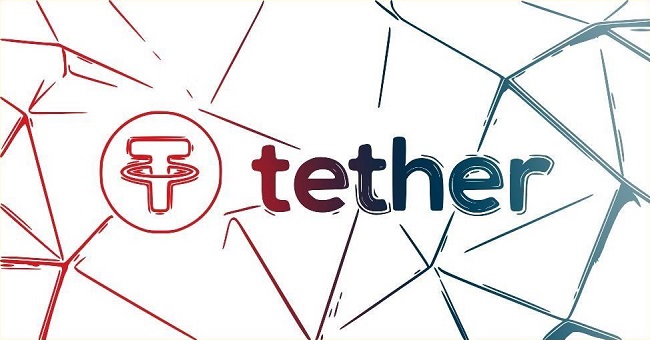A paper that was initially released in 2018, which was claiming that Tether (USDT) manipulation was the cause behind the 2017 Bitcoin(BTC)trade bull run, has recently been updated with new analysis reinforcing its argument. Now, a different research is refuting this thesis.
According to Professor John Griffin from the University of Texas and co-author of the paper, the newer version is about to be published in the distinguished publication the Journal of Finance. Tether has denied the manipulation allegations and accused the authors for their lack of understanding of the digital currency marketplace.
The paper talked about how Tether’s patterns are similar to the supply-based hypothesis of unbacked cryptocurrency that inflates digital money prices. The data journalism platform LongHash has assessed the paper and analyzed the manipulation claims stated.
LongHash’s researchers found that the paper’s primary evidence for the argument that Tether is unbacked is indirectly a hypothesis based on how cash management is utilized in Tether’s auditing. It states that since Tether has scheduled an audit each month, it needs to sell part of its Bitcoin holdings towards the end of each month and if large sums of Tether are issued, it can cause a decrease in the price of Bitcoin every month.
Furthermore, LongHash points out that the paper does not provide an explanation for the rise in cryptocurrency prices. This is another interesting and arguable observation that the authors of the paper make, which is rebutted by LongHash:
“[T]he authors observe that the Tether flowing from one cluster of whale accounts (known as 1LSg) on Bitfinex [crypto exchange and Tether’s sister company] favor trading just below cut-off Bitcoin prices of around $500 increments. Using a statistical model, the authors found a large effect of these whales’ trading on Bitcoin price within a three-hour window, and the effects are stronger after new Tether authorization.
The authors interpret this finding to be evidence of price manipulation. But it is widely known that whales can move short term crypto prices due to exchange slippage, so this part of the paper does not seem to contribute to its main thesis.”
A Cryptocurrency Research about the Cryptocurrency Research
LongHash has therefore decided to conduct its own research. In order to measure the impact of Tether on the Bitcoin price, they calculated ‘Tether Purchasing Power,’ which measures the number of Bitcoins that can be purchased with Tether supply; higher ratio would mean higher chances of manipulation could have been conducted using Tether.
They represented their findings in a graph which showed that during the bull market of Bitcoin in 2017, the purchasing power of Tether had increased until the summer and then steadily decreased over the course of rest of the year. Then it rapidly rose during the period of a bear market and reached a final peak at the end of last year.
This means that even if Tether was behind the manipulation of the Bitcoin price and consequently the entire crypto market, it is easiest to do so when the price for Bitcoin is at the lowest, which contradicts the claim that Tether was behind driving the bull market two years ago.
Although LongHash’s claim is only partially convincing and it’s certainly not as thorough as Griffin’s paper, it still raises interesting questions about Tether’s involvement in manipulating the entire cryptocurrency market.




